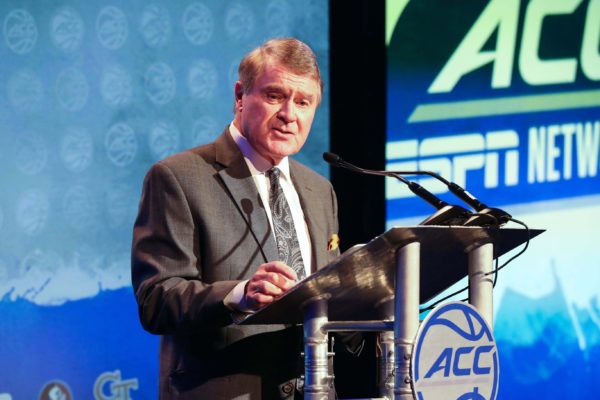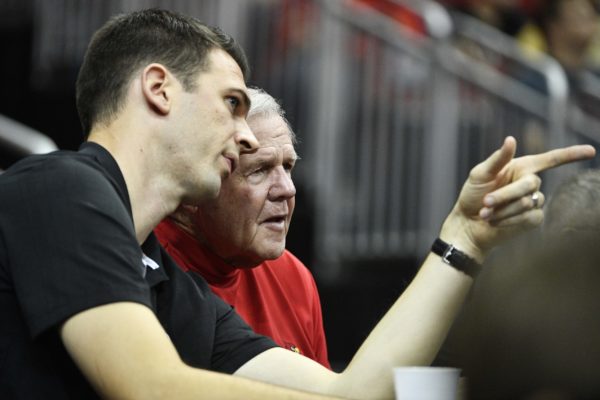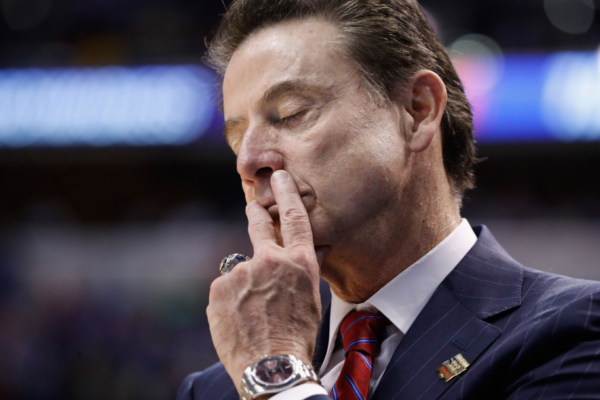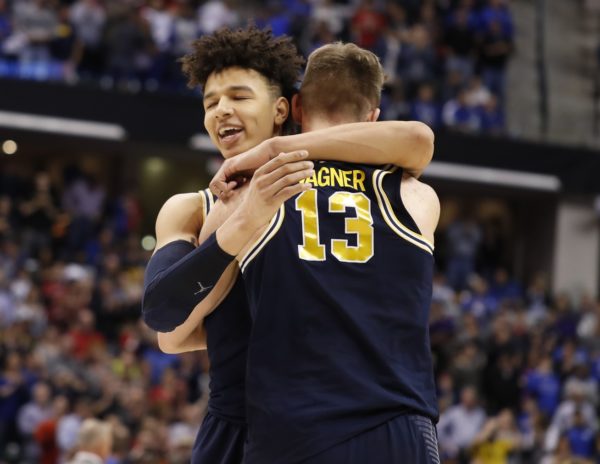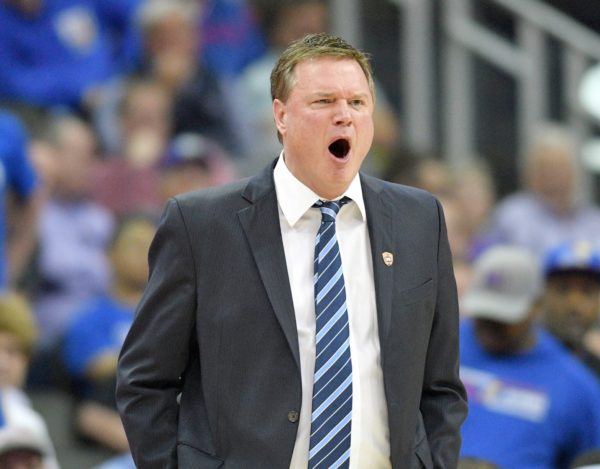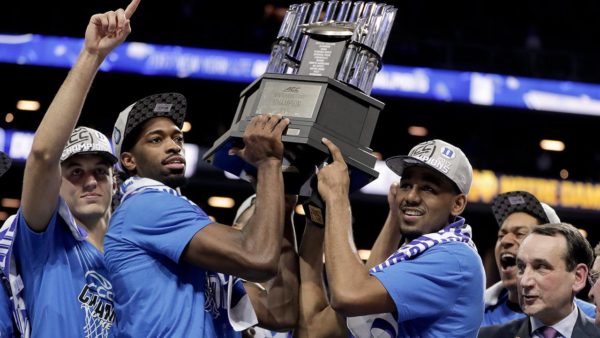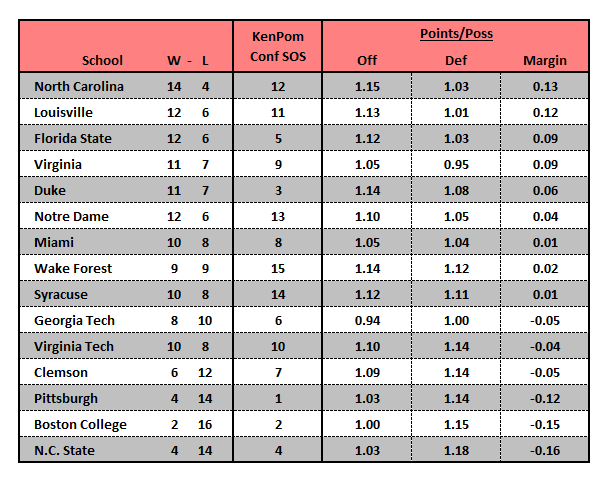Projecting the ACC’s Breakout Sophomores
Posted by Brad Jenkins on November 2nd, 2017Every preseason we take a hard look at the rosters around the ACC and wonder which returning players will make the leap from role player to key contributor. Lately we have watched many of those returnees come from relative obscurity to full stardom in just one season: players like Jaron Blossomgame (Clemson, 2015-16), Matt Farrell (Notre Dame, 2016-17), and John Collins (Wake Forest 2016-17). In most instances, few outside of the specific program expected such a drastic improvement. For example, raise your hand if you had Collins pegged as one of the ACC’s top three players last October. Thought so. Still, sometimes we can project significant leaps in production by looking at advanced statistics for players who are poised to see an increase in minutes and/or usage this season. For instance, Notre Dame’s Bonzie Colson surprised many observers by becoming a First Team All-ACC member as a junior. But if you closely examine his sophomore campaign statistics — 122.0 Offensive Rating, 58.7 percent true shooting percentage — it’s easy to see why his contributions shot up with a corresponding increase in playing time. In the second of this two-part series, here’s our list of potential breakout sophomores in the ACC this season.
Sophomore Surges
1) V.J. King – Louisville: 13.5 MPG, 5.5 PPG, 111.3 ORtg, 55.0% true shooting.
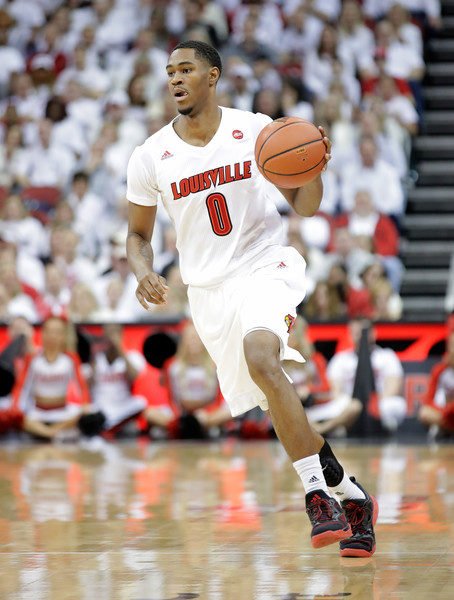
V.J. King posted impressive shooting numbers as a rookie which should lead to a major leap in production as a sophomore at Louisville. (Andy Lyons/Getty Images North America)
One of many Cardinals with professional-level potential, King posted promising shooting numbers last season from three-point range (42.1%) and at the charity stripe (82.1%). His minutes should double this year and his usage rate (19.6%) figures to increase as well — all meaning that we may be looking at a 14-plus point per game scorer this season in Louisville.
2) Kyle Guy – Virginia: 18.6 MPG, 7.5 PPG, 114.8 ORtg, 49.5% 3FG.
The word is that Guy will perform without his signature man-bun this season, but don’t expect him to slow down without it. Given multiple losses from the Cavaliers’ perimeter attack, Guy should be head coach Tony Bennett’s top guard this year. Guy posted two extremely impressive statistics for a freshman guard — 49.5 percent three-point shooting, and a turnover rate of only 10.6 percent.





























